The Austrian-born architect and and artist, Friedrich Stowasser, popularly known as “Hundertwasser”, a pseudonym, moved to North New Zealand in the 1970s where he lived and worked for the rest of his life.
Known for his bright colourful works, for his stance against rigidity, and for embracing a life that included nature, Hundertwasser left a legacy of architecture in Whangārei at the Hundertwasser Art Centre and Wairau Māori Art Gallery . He also lived for a short time in Uganda where he produced artworks, he visited Sudan, and he created a new flag for Aotearoa. Hundertwasser’s work was the first by a European artist to be cut and printed by traditional Japanese woodblock carvers.
A visit to the Art Centre offered as glimpse into the artist’s development and his ideas through models, plans, paintings and drawings. It also showed that he worked with textiles in rugs and tapestry, using the technique in unusual ways to develop a relationship between the weaver and the work. He had his tapestries woven in Mexico at Fritz Riedl’s atelier and in Vienna where he worked with Hilde Jelinek-Absalon, and the rugs were woven in Afghanistan at Atelier Zia Uddin.
The images below are of some of the pieces on display in the Art Centre: a painting, architectural models, carpets and tapestries.
Read more:
https://www.ellenramseytapestry.art/blog/370418-the-hundertwasser-tapestries-part-1
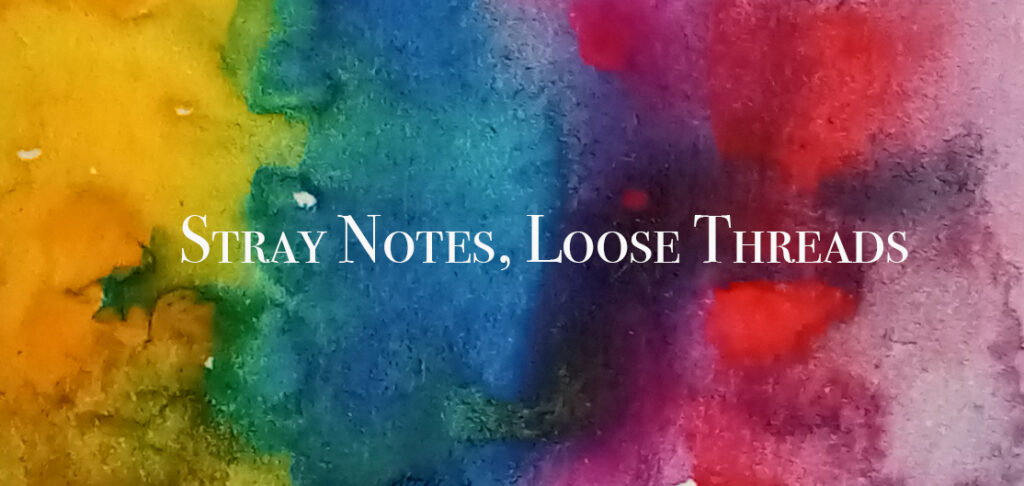
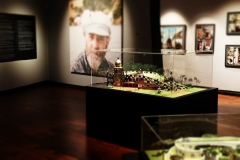
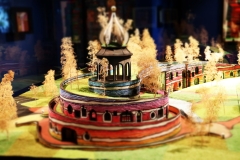
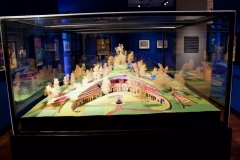
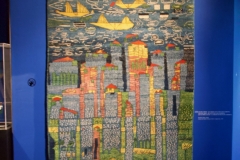

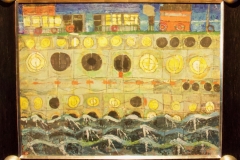
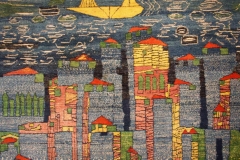
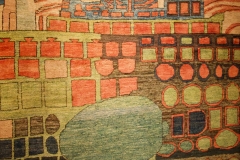
Leave a Reply